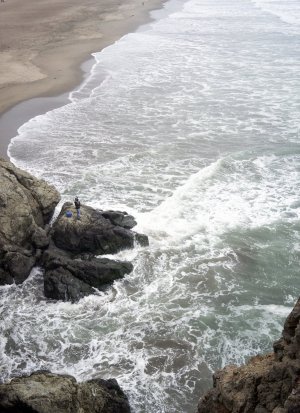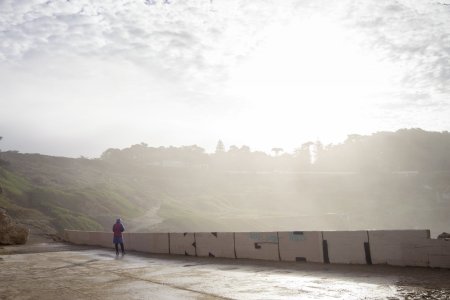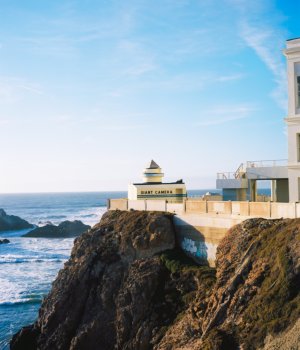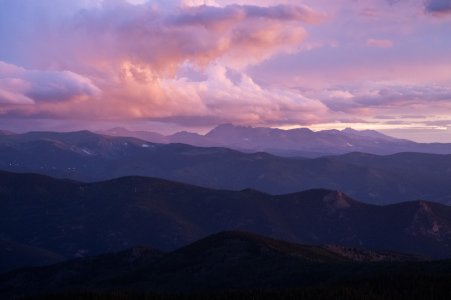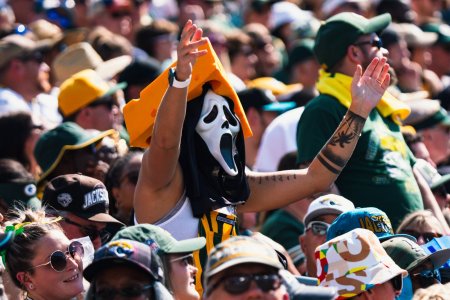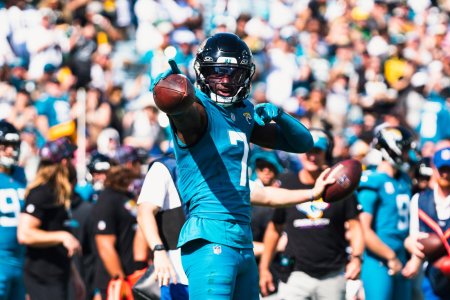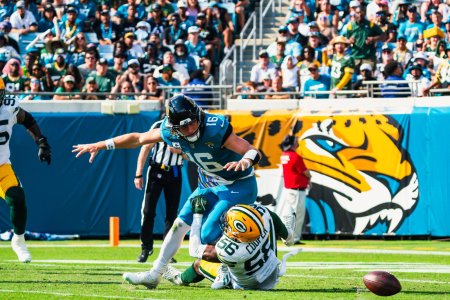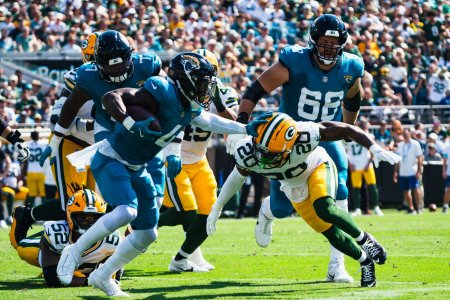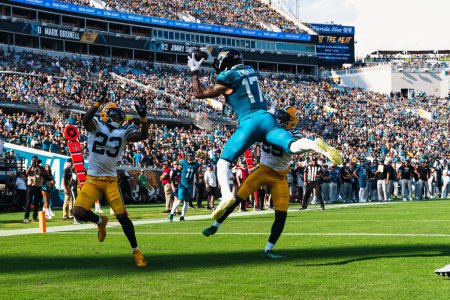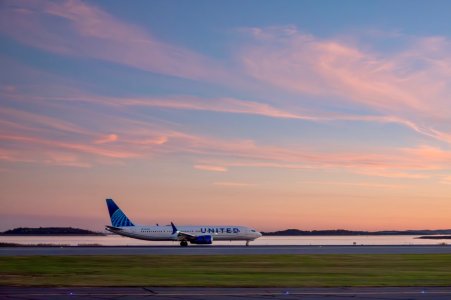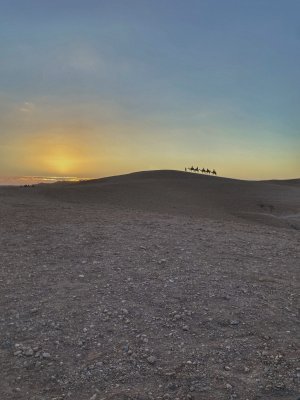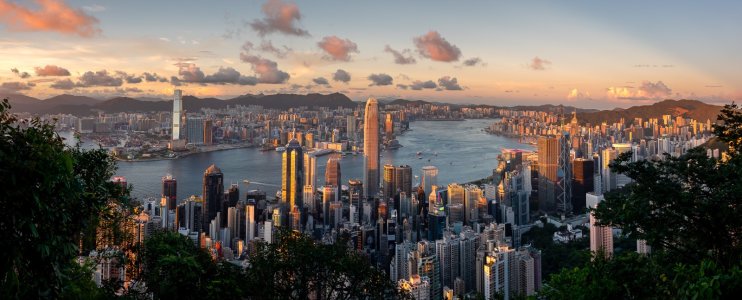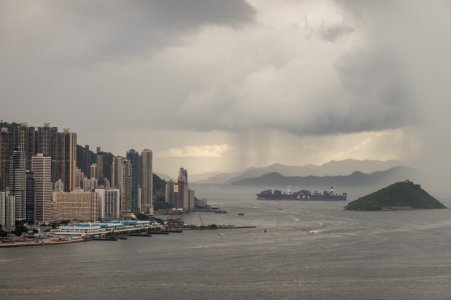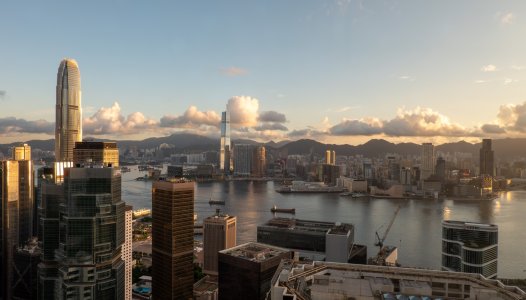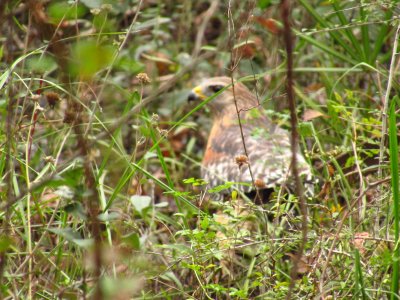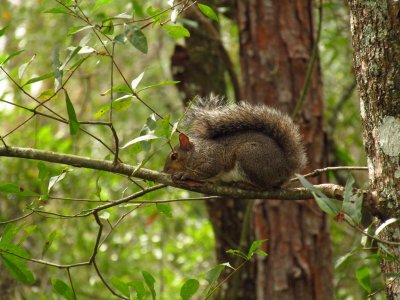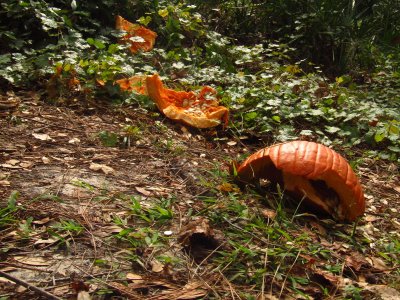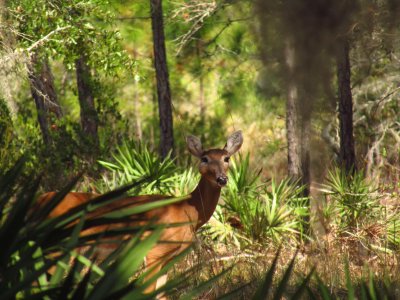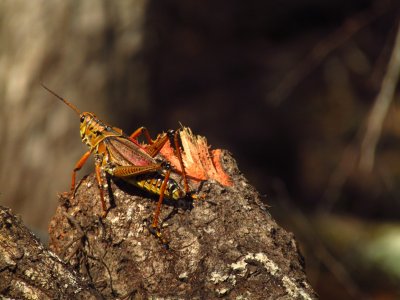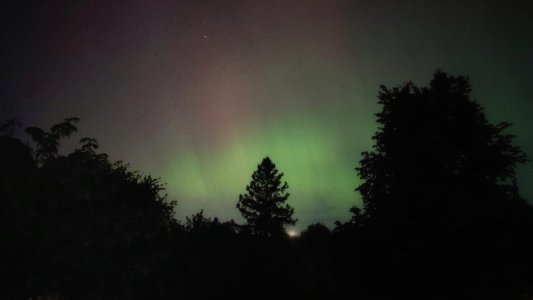Alright....here is a dumb question. I think I said it a couple of pages back, but I am trying to do a photobooth style shoot for my sister's engagement party since they figured they could save some dough and I have a camera. I am pretty much trying to emulate the photo below:
So far I have the backdrop, 2 Yonguo flashes and some light stands. Is it necessary for me to get some softboxes? Since I don't necessarily want soft light, wouldn't it be better just to shoot with the flashes bare? At most, I am might be shooting about 5-6 people in photo. I want to make sure everyone is lit rather than having only the sides with the stronger light.
I plan on setting it up as so:
Was thinking about getting this cheap $35 softbox but don't want to get it if it is unnecessary.


















